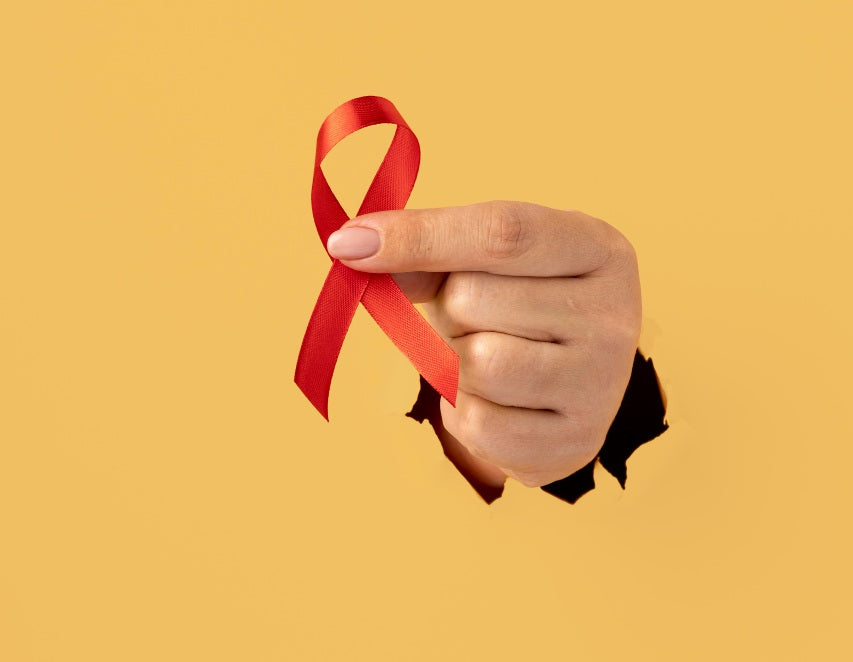
A Seventh Case of HIV Cure
Introduction
Before I began my journey with Stem Cell Therapy for my own health condition, my research revealed a striking trend: at that time, only two individuals had been reported as cured through this innovative approach. Tragically, one of those patients ultimately succumbed to complications related to HIV, specifically cancer. This early understanding of the potential for cure set the stage for my pursuit of effective treatments.
A Seventh Case of HIV Cure
At the recent 25th International AIDS Conference (AIDS 2024) in Munich, Germany, a groundbreaking report emerged highlighting the seventh case of sustained HIV remission. This development adds to the expanding evidence base suggesting that HIV can be effectively managed or even cured under specific conditions. The implications of this discovery are monumental, not only for the field of HIV research but also for the millions of individuals living with the virus. This article examines the details of this case, the scientific principles involved, and the prospective future of HIV treatment.
Understanding HIV and Its Treatment
Human Immunodeficiency Virus (HIV) primarily targets the immune system, particularly the CD4 cells, crucial for combating infections. Without proper treatment, HIV can progress to Acquired Immunodeficiency Syndrome (AIDS), which severely compromises the immune response and heightens vulnerability to opportunistic infections and cancers.
Current Treatments
The mainstay of HIV treatment today is Antiretroviral Therapy (ART), which effectively controls the virus, allowing individuals to maintain a healthy lifestyle. However, while ART is successful in managing HIV, it does not eradicate the infection.
The Search for a Cure
Throughout history, a handful of cases have emerged where individuals have been functionally cured of HIV, predominantly following stem cell transplants from donors possessing a rare genetic mutation known as CCR5-delta 32. This mutation confers resistance to HIV, making it a focal point for researchers investigating potential cures.
The Seventh Case of HIV Cure
The newly reported case features a 60-year-old German man diagnosed with acute myeloid leukemia. He underwent a blood stem cell transplant in 2015 from a donor with a single CCR5-delta 32 mutation. Although the donor's cells did not provide complete immunity to HIV, the patient ceased his antiretroviral treatment in late 2018, and subsequent tests have failed to detect the virus in his body.
Significance of the Case
1. Long-term Remission: This case marks a pivotal milestone, illustrating the possibility of sustained HIV remission even when the donor has only one copy of the CCR5-delta 32 mutation.
2. Research Implications: The findings underscore the need for further investigation into gene-editing techniques that might mimic the protective effects of the CCR5 mutation, potentially leading to more accessible treatment options for HIV patients.
3. Inspiration for Future Studies: This case reinforces the importance of ongoing research into stem cell transplantation and gene editing as viable pathways toward curing HIV.
Safety Considerations
Risks of Stem Cell Transplants
While this case is promising, it is vital to acknowledge the significant risks associated with stem cell transplants, including:
1. Graft-versus-Host Disease (GVHD): This condition arises when the donor's immune cells attack the recipient's body.
2. Infection: Patients undergoing transplants often have compromised immune systems, making them vulnerable to infections.
3. Organ Complications: The intensive nature of the procedure can lead to complications affecting various organs.
Need for Caution
Due to these risks, stem cell transplants are generally reserved for patients with severe conditions, such as cancers, and are not universally applicable for all individuals living with HIV.
Alternatives to Stem Cell Transplants
#Current Treatment Options
1. Antiretroviral Therapy (ART): The standard treatment for HIV, which helps maintain viral suppression.
- Benefits: Empowers individuals to lead healthy, fulfilling lives.
- Side Effects: May include nausea, fatigue, and long-term metabolic changes.
2. Pre-Exposure Prophylaxis (PrEP): A preventive treatment for high-risk individuals to mitigate the risk of contracting HIV.
- Benefits: Highly effective when adhered to as prescribed.
- Side Effects: Possible gastrointestinal issues and changes in kidney function.
3. Gene Therapy: Ongoing research is examining gene editing technologies like CRISPR to potentially modify patients' immune cells to resist HIV.
- Benefits: Could offer a long-term solution without the necessity for ongoing treatment.
- Risks: As a newer approach, the long-term effects are still under investigation.
Future Directions
Research continues into creating lab-grown stem cells with the CCR5-delta 32 mutation or employing gene-editing techniques to replicate this resistance. Such advancements could make HIV cures more accessible and less risky than traditional transplants.
Conclusion
The report of the seventh case of HIV remission at AIDS 2024 signifies a crucial advance in the quest for a cure. While the complexities and risks associated with stem cell transplants remain, this case provides hope and motivation for future research and treatment options. It emphasizes the necessity for continued exploration into gene editing and alternative therapies to ultimately eradicate the HIV epidemic. As we progress, it is essential to balance our enthusiasm for these developments with a commitment to safe, effective care for all individuals living with HIV.
By fostering research and innovation, we can look forward to a future where HIV can be effectively managed or even cured, transforming the lives of millions worldwide.
Sources:
1. World Health Organization. (2024, July 25). A seventh case of HIV cure reported at AIDS 2024. Link
2. The Lancet. (2023). Advances in HIV research: Lessons from the Berlin patients. Link
3. National Institutes of Health. (2023). Gene Editing and Its Potential for HIV Cure. Link